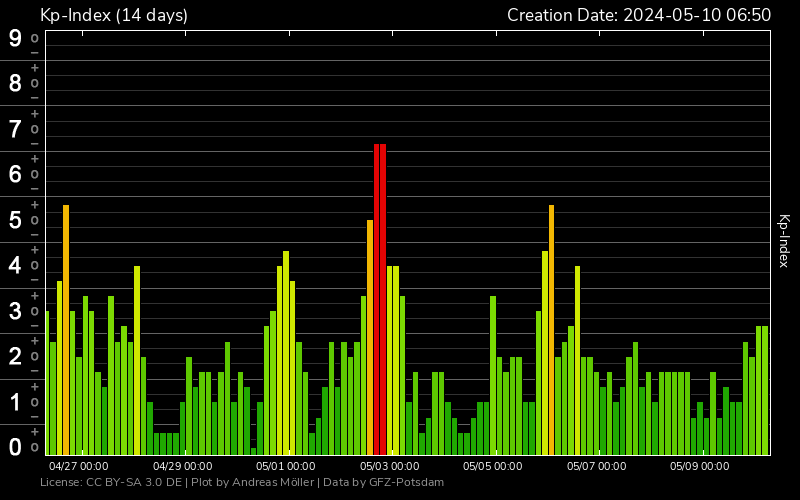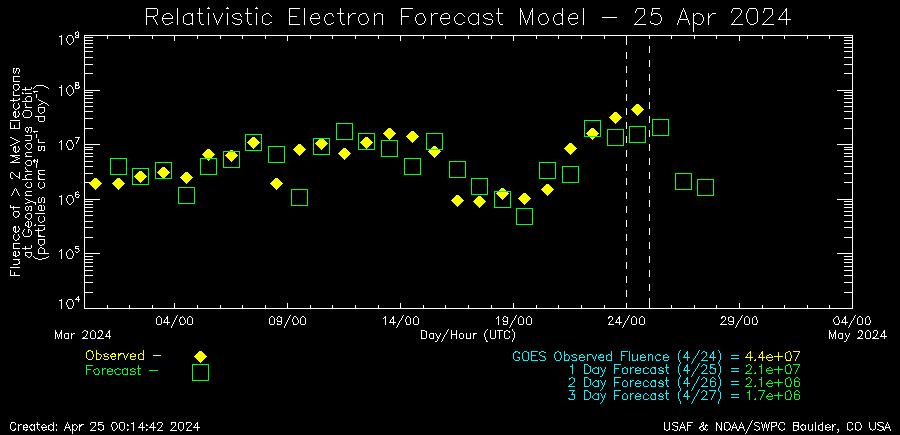NEW SUNSPOT CYCLE surpasses expectations
Calculations based on the Sun's magnetic band annihilations, recent studies from NCAR predict, that the 25th-Sunspot-Cycle potentially could become one of the strongest since record-keeping began.
Cosmic Radiation Record
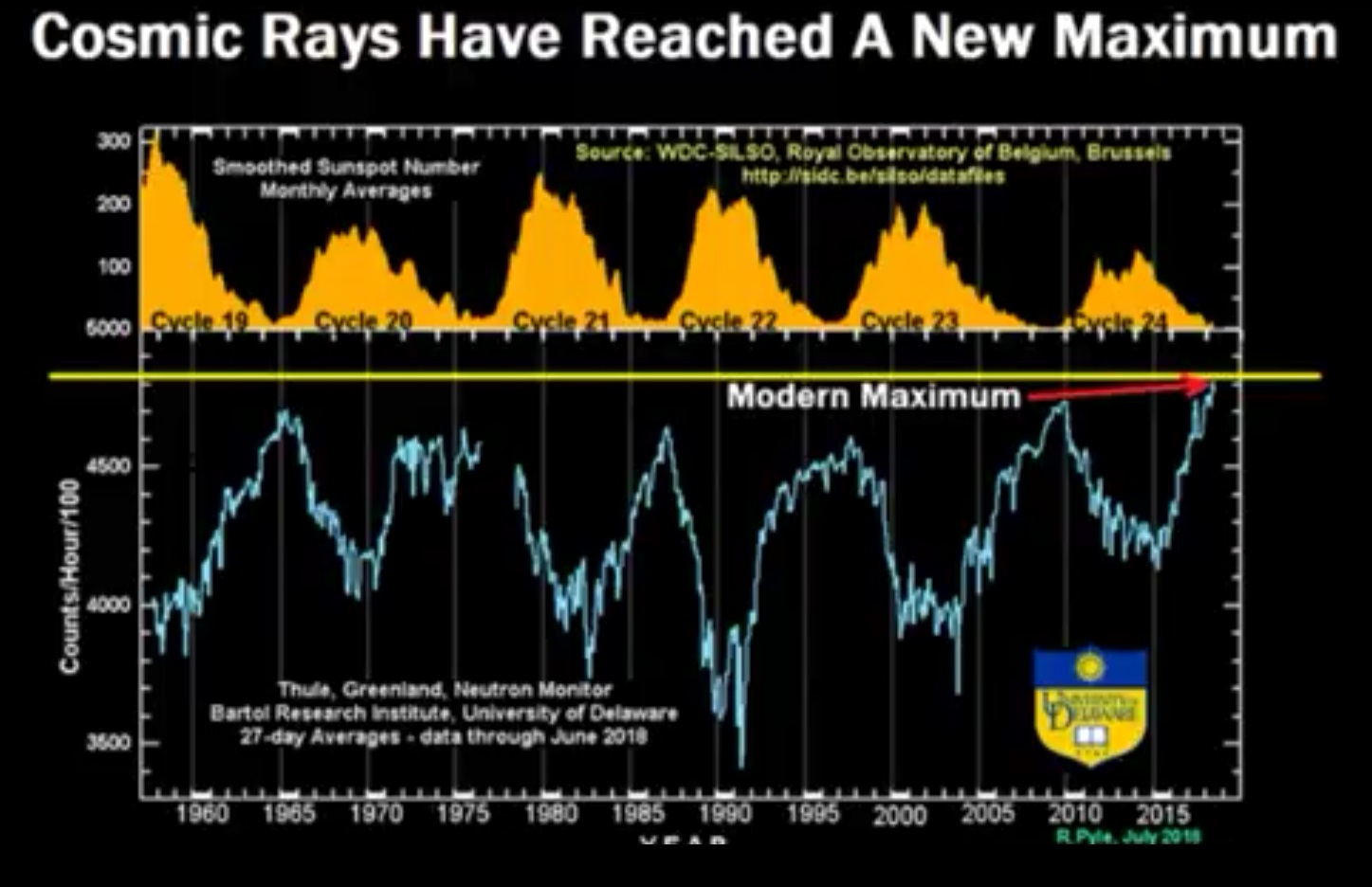
Increased cosmic radiation, partially from the milkyway neighborhood but mostly from our own star, explanes the recent record levels of volcanic activities, earthquackes and extreme weather events. It's implications can swing up to crustal displacements.
Polar shift acceleration concerns scientists
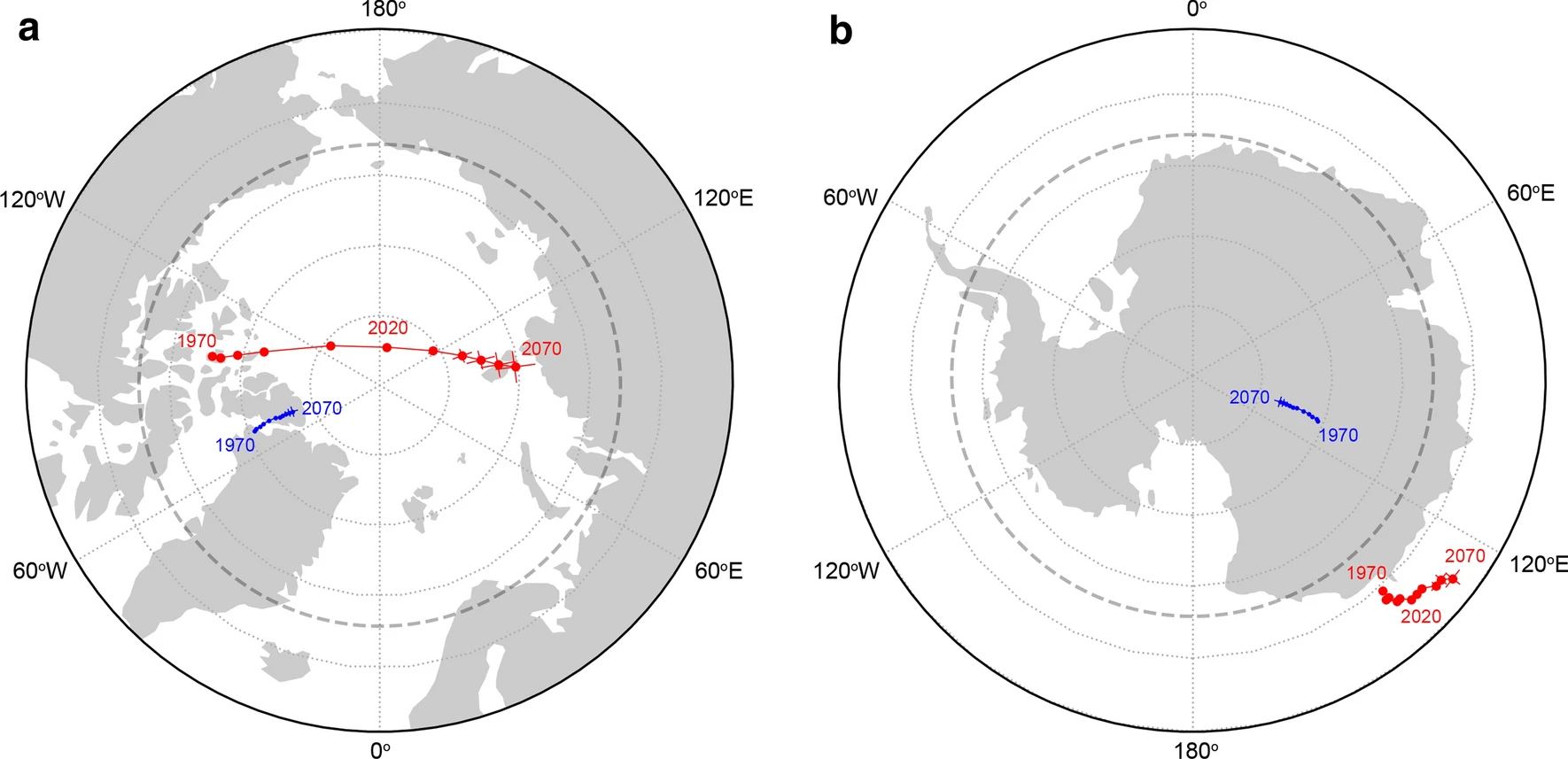
"South-Atlantic-Anomaly" expansion accelerates
The sudden increase of solar activity in the last 20 years distorted our protectiv van-Allen-Belts enought, to force the magnetic Poles to relocate . Meanwhile the Magnetospheric fieldstrenght decreased partialy by 30% within one Generation. An acceleration in the shifting of the poles has been observed. Earth's Dynamo effect coinside with staggering seismic activities, volcanic eruptions and the growing of superplumes resulting in increased tectonic plate movement.
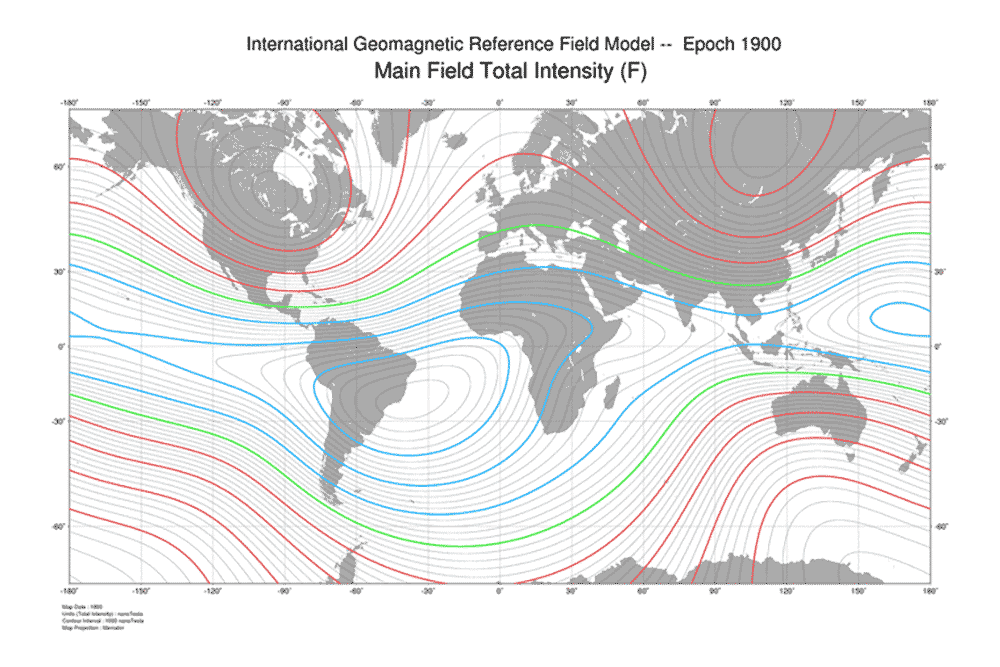
Rapid Climate Change Becomes Irreversible
Global warming visualized by Google Earth
Volcanoes resurrect due to melting ice
During the mid-Holocene — around 5 thousand calibrated years before the present — Iceland witnessed a period of deglaciation. The rise in ice melting was associated with an increase in volcanic eruption rates. Another study published by AGU and the Geochemical Society presented similar results: After the Icelandic ice cap melted, the eruption rates were found to be 100 times higher than before.
Among other gasses, volcanic eruptions also emit Carbon Dioxide (CO2), a greenhouse gas driving climate change. While scientists are still debating the extent to which past volcanic eruptions may have contributed to global warming, we know that annual CO2 emissions released by human activities are over 100 times higher than those of all the world’s yearly volcanic eruptions combined. Nevertheless the overall trend is increasing and might indicate accelerations in tectonic shifts.
Earths Wobble intensifies with melting Ice Caps
According to gravitational irregularities, as seen in the EMG96 geoid model, seismic curents can be traced from crustal subduction zones down to the earth's outer core, where they bulk up against, creating superplumes (LLSVPs). The Dzhanibekov Effect reveals that a spinning object with irregular mass destribution around its axis of rotation, will flip its orientation without anny further constrains, as is the case in most of space. The irregularities in density within Earth's mantle can lead to crustal upheavals and displacement, but thankfully, as experiments have shown, due to the viscosity of the mantle, Earth's axis of rotation would only shift to its nearest state of equilibrium instead of the 180° - as demonstrated assuming it was a solid object.


